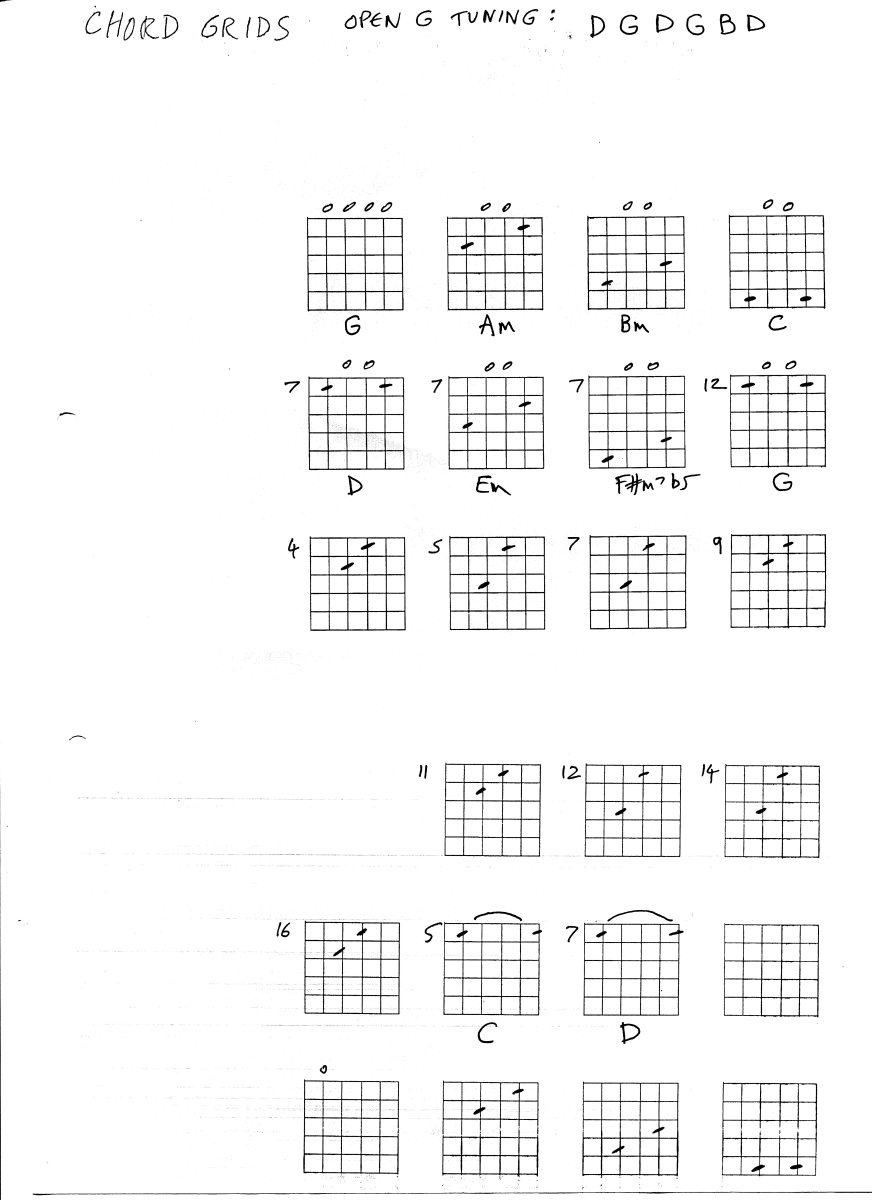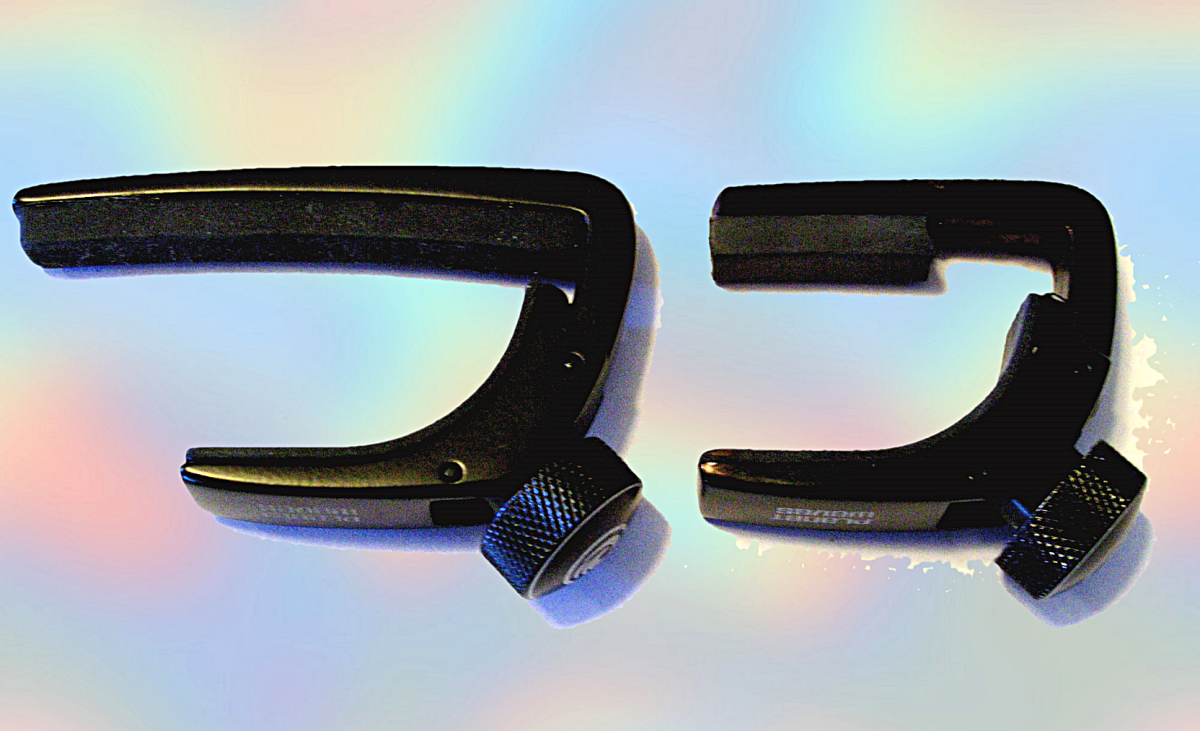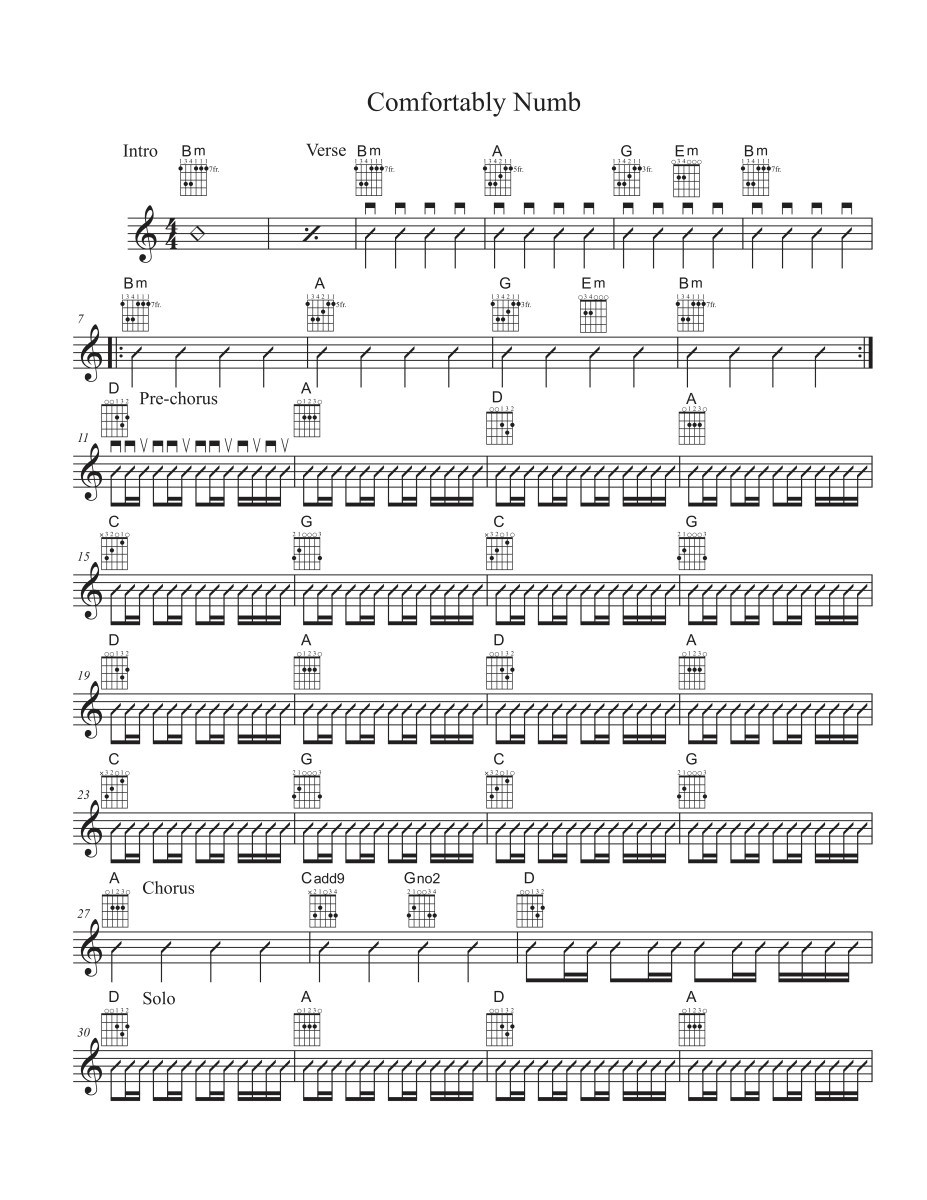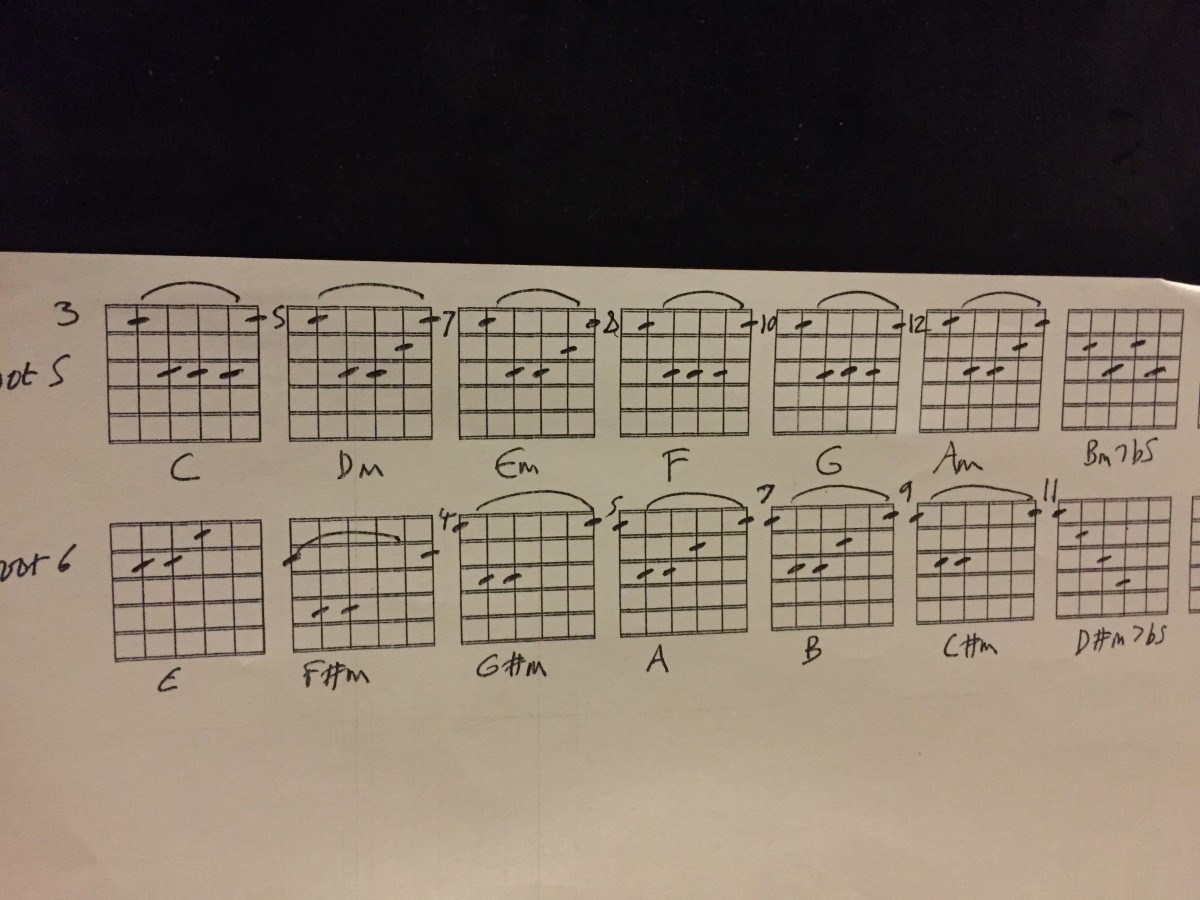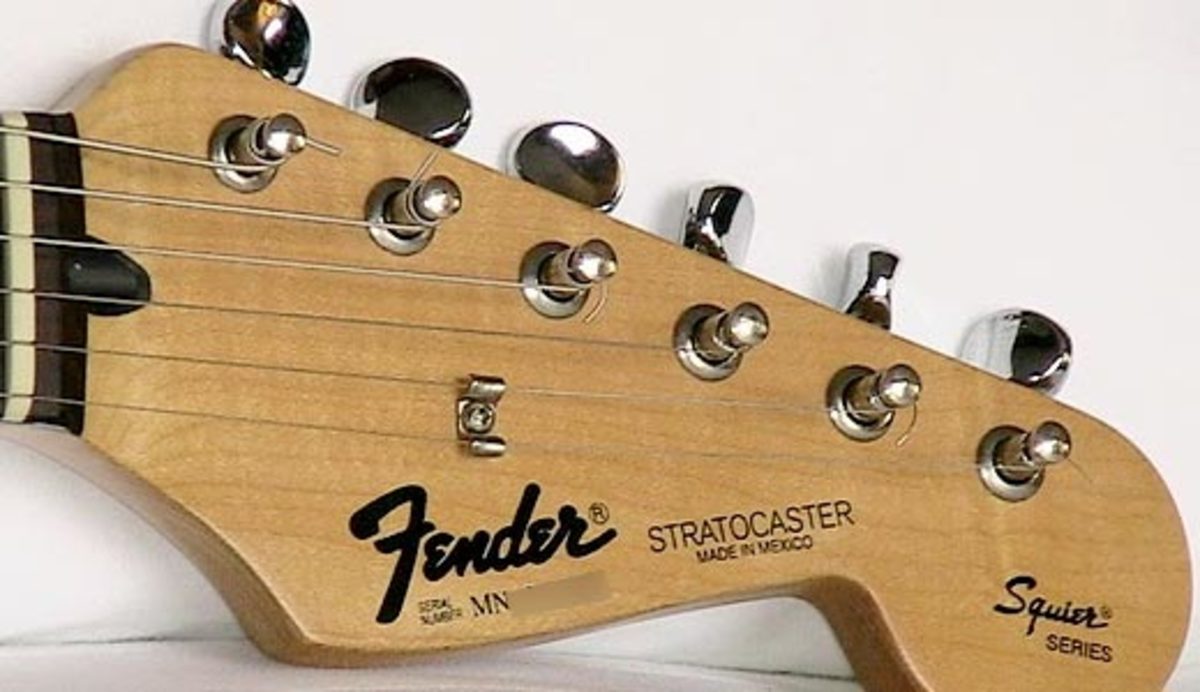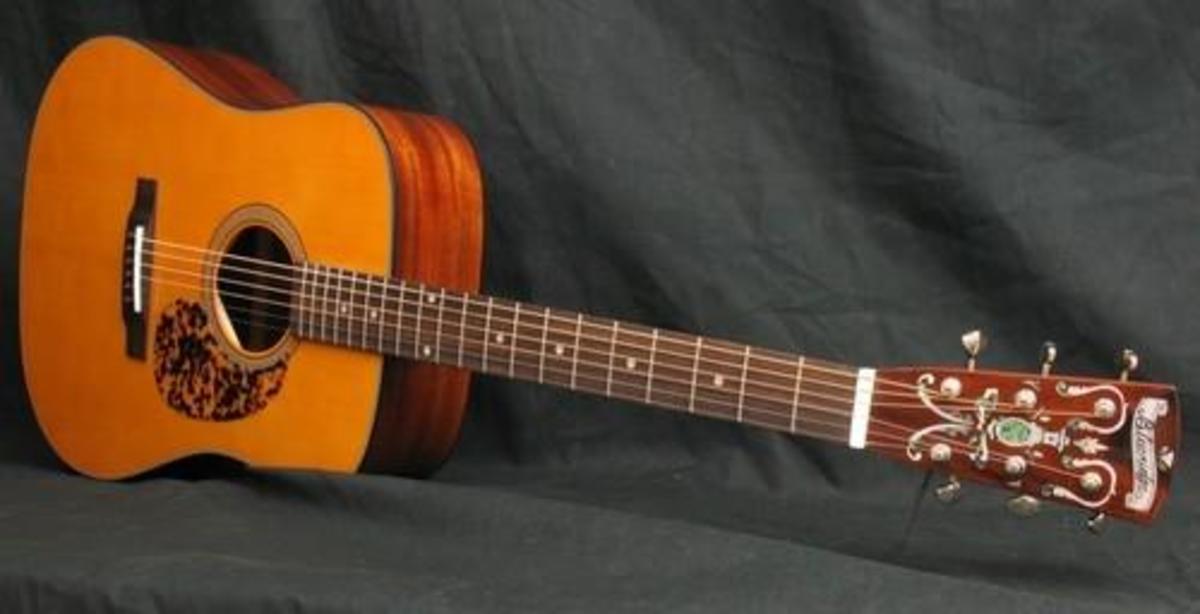Deacon Martin's Guide to Understanding Music (for Guitar) / Part 2
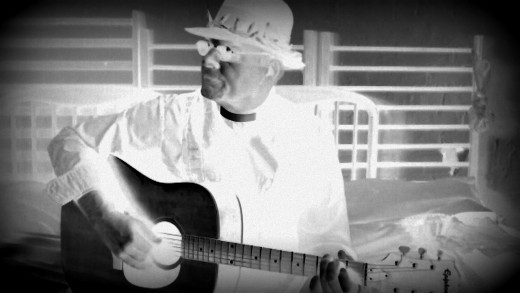
Keys
Confusingly, western music also has “keys” of the same name, A through G. Even more confusingly, it even has “chords” of the same name too (A through G). So, theoretically, you could find yourself referring to the note of C in the chord of C in the key of C.
I know, it doesn't help does it.
However, keys are simply scales which take specific notes as their starting points. Really. That's all they are. So the standard listing of ABCDEFG is actually (more or less) the key of A. The key of C starts at C and runs CDEFGAB. You can even have keys based on half tones, but the trouble is that those pesky missing half tones distort many of the scales - making “learning your scales” a little trickier than you might first think.
However, for our purposes here today, you don't need to know any of this because we are now going to move on to the mystery of chords. You only need to know that:
-
keys exist
-
each key has its preferred chords
-
you use those preferred chords when some smart-ass muso with whom you're jamming says, for example, “let's play it in the key of D”
Chords
Chords are simply harmonies. They are made up of two or more notes which, played simultaneously, don't grate on the human ear. As touched upon above, each key has its preferred chords and there is a kind of mathematical consistency to this.
For instance, in any key, the preferred chords coincide with the first, fourth, and fifth notes of that key's scale.
Have I lost you? Just read that line again, then I'll give you an example.
I'm going to use the key of C as the example because it doesn't have any pesky half tones. If you play a piano using only the white keys, you are playing in the key of C.
In the key of C (CDEFGAB) the first note is C, the fourth is F, and the fifth is G. So the preferred chords are C, F, and G !
There you go. You have just unlocked one of the primary musical secrets of the western world. Any song in the western world can be played in the key of C, and any song in the western world can be played with three chords.
You might want to repeat that paragraph to yourself just for comfort, encouragement, and motivation because you are now already well on your way.
Still using C as the example, let's have a look at the first chart/guitar “neck” - Figure 1, below. What you are looking at is a column graph 6 squares wide and 22 squares long. This represents a 6 string guitar neck. Each sub-column of 22 squares represents a string running down the neck and crossing 22 frets. These “strings” are numbered and lettered at the top - with 6 being the fattest, an E string, and 1 being the thinnest, also an E string. And down the left hand side, the rows are numbered to represent the 22 frets.
Figure 1
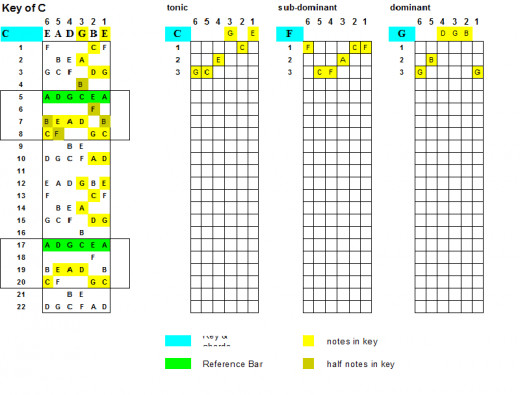
Now, each string runs down through the frets (but UP the scale) in the sequence of the entire 12 note scale - starting from the letter at the top. So, taking the fat number 6 E string as a starting point, the sequence would be E, F, F#, G, G#, A, A#, B, C, C#, D, D# - and then repeat.... You will see that the sharps and flats don't appear in the column, but the sequence is nevertheless there.
For the number 5 A string, the sequence is A, A#, B, C, C#, D, D#, E, F, F#, G, G# - and then repeat.... And likewise for the other 4 strings.
So, why all the colour coding?
Well, remember in the key of C (CDEFGAB) the first note is C, the fourth is F, and the fifth is G? So the preferred chords are C, F, and G ?
If you look at the next “neck” over, you'll see a lot fewer numbers and letters. This neck represents the first preferred chord in the key of C - the C chord. If you place your fingers on the equivalent of those yellow squares on the neck of your guitar (leaving the ones marked yellow above the 1st fret “open” - ie, unfretted) and strum, you will hear a C chord. Isn't that amazing? I could tell you which fingers to use but this guide isn't really about playing; it's more about understanding the underlying musical “logic”. If I tried to include fingerings and teaching, this guide would very quickly become cumbersome and lose sight of its simplistic objectives (and, hey, you're getting this for free)....
Now look at the next neck. This represents the second preferred chord in the key of C - the F chord. If you place your fingers on the equivalent of those yellow squares on the neck of your guitar (leaving the other ones open) and strum, you will hear an F chord. And the next neck represents the third preferred chord in the key of C - the G chord. If you place your fingers on the equivalent of those yellow squares on the neck of your guitar and strum, you will hear a G chord.
So, to summarise, you now know that in the key of C the preferred chords are C, F, and G and that those chords are made up of the highlighted yellow notes in the respective chord necks.

